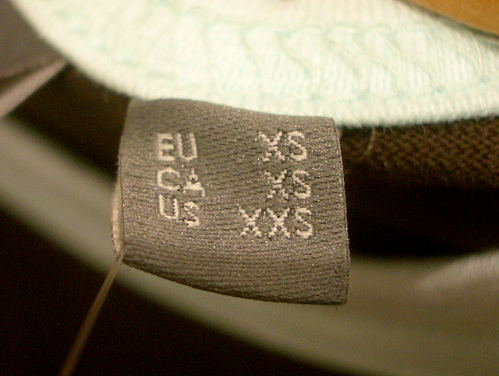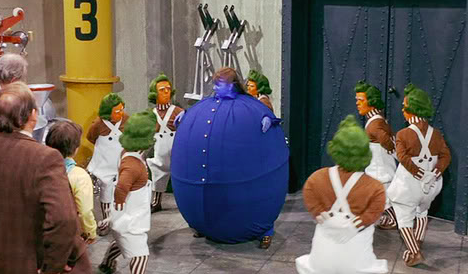So I know it’s been out for a while, but I finally got around to reading Kathryn Joyce’s Quiverfull: Inside the Christian Patriarchy Movement, which I found fair, well-researched, and illuminating. In it she names Edith Schaeffer–rightly, I think–as one of the people responsible for the ideal that women shape society via the home, an idea that, of course, goes back deep into the 19th century at least, but one that Edith certainly helped to solidify in the twentieth century. Joyce called Hidden Art “perhaps unintentionally, a landmark book for proponents of biblical womanhood.” I have conflicted feelings about that, and about Edith herself and the ways she chose to present and edit her life and work in her books, but at the end of the day–at the end of her life (she died a few weeks ago)–I am grateful to her for teaching me many so things.
When I was growing up, my dad had the hardback, rainbow colored Complete Works of Francis Schaeffer on his bookshelves; Edith’s books—What is a Family?, Common Sense Christian Living, The Hidden Art of Homemaking, and of course, L’Abri, were scattered throughout the house. Elementary days homeschooling often began with an object lesson from Everybody Can Know; before I was out of high school I’d read every Edith Schaeffer book in the house, studying what it meant to be a good Christian woman. As a college student living in decidedly ugly dormitories, I read and re-read a library copy of Hidden Art trying to bring an aesthetic sensibility to my everyday life: writing out my notes neatly and beautifully, artistically arranging the loathsome cafeteria food on the unaesthetic plates and trays, and, occasionally, bringing in fresh flowers. Seeing the copy of Hidden Art tucked into my bag, a friend who also felt the aesthetic deprivations of college life remarked, “Yes. That book is nourishment.”
During college I had periods of depression in which just living—never mind the aesthetics of the enterprise—felt like a nearly impossible task. I put on a little weight; my face broke out, and I was sure that no handsome, intelligent seminary man would ever find me appealing. When I did in fact marry a handsome, intelligent seminary man just after graduating, I was haunted by all the ways that I didn’t seem to measure up. Edith dropped out of college before marrying Francis and worked to put him through seminary; I was determined to go to graduate school. Edith made sure that she was looking serene and beautiful for her husband after the birth of her child (in the days when fathers weren’t allowed to attend deliveries); my husband had to take care of me for months while I struggled unattractively with all-day morning sickness. Edith seemed to have been serenely content during difficult domestic times; I had a temper.
Of course, Edith didn’t really let us in on the secrets of the Schaeffer family; her son, Frank, did that later in his books Crazy for God and Sex, Mom, and God, telling us of Francis’ fits of abusive rage and apparent sex addiction, Edith’s periods of manic activity and her obsession with maintaining the impression of her family’s perfection, and his own drug use and sexual activity with the pretty hippie girls who dropped by L’Abri, all of which his parents knew about and carefully cloaked. Even as I would’ve been helped in my early adulthood by knowing that she wasn’t really that perfect, I had to sympathize with my dad’s response to Crazy for God: “If for some reason you need to write a tell-all about me, could you please wait until I’m dead?”
Still, in Sex, Mom, and God, Frank lets us in on a telling conversation with his mother: “Mom, the only reason I’m a writer is because of all those books you read out loud to me. You were a good mother… You opened the doors to everything I love most.”
Edith was from a different time; a time when people didn’t air dirty laundry and where maintaining outward appearances was considered an important part of being a good “witness for Jesus.” I will not defend her self-abnegating vision of Christian womanhood (to the point that she seems to have tolerated abuse), nor the fact that she presented a picture of family bliss that was not, according to her children, at all accurate.
But acknowledging her shortcomings doesn’t diminish the fact that this creative and thoughtful woman opened doors not just for Frank but for many of us in the evangelical world, helping us to realize that things like literature, music, dance, good food, and beauty aren’t unspiritual or worldly, but pathways to enjoying God and God’s good gifts, a message we might today take as a given, but one that was, in her time, a spirited rejection of the status quo. And for that energetic conviction, I will remember her with gratitude and admiration.
{Adapted from my post at Christianity Today’s Women’s Blog, her.meneutics. Read it all here.}
Like this:
Like Loading...


